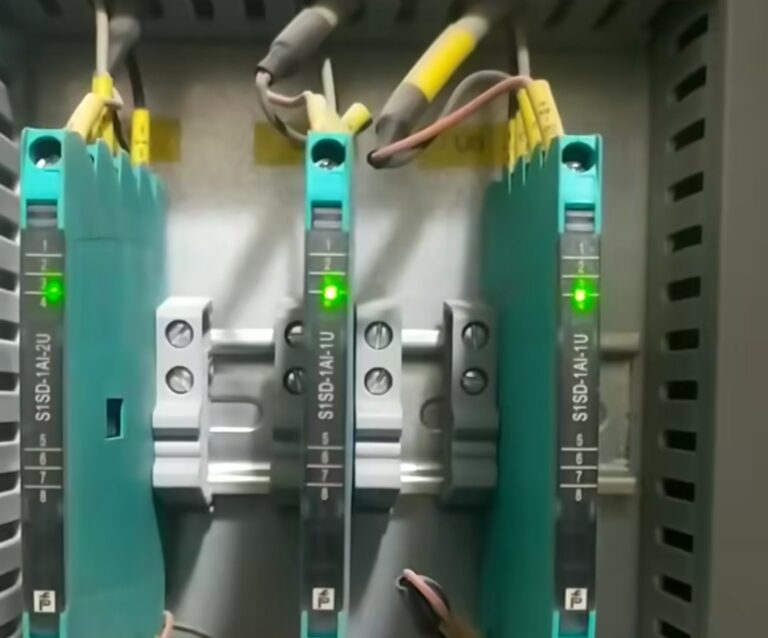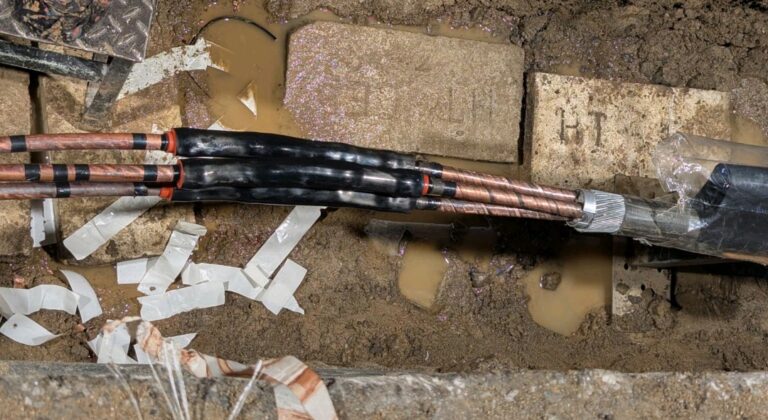Industrial Protocol: Troubleshooting an Industrial Motor
Purpose:-
The purpose of this protocol is to outline the systematic troubleshooting procedure for industrial motors to ensure operational safety, reliability, and minimal downtime.
Scope:-
This protocol applies to all industrial motors used in production and auxiliary equipment acrossdepartments, including electrical, mechanical, and cooling components.
Objective:-
To identify, diagnose, and resolve common issues in industrial motors efficiently, ensuring safeoperation and prolonging motor lifespan.
Responsibilities:-
● Technicians: Execute troubleshooting steps and document findings.
● Engineers: Provide advanced diagnostics support and evaluate recurring issues.
● Supervisors: Verify completion of troubleshooting steps and approve corrective actions.
Required Tools and Equipment:-
● Multimeter and clamp meter
● Infrared thermometer
● Alignment tools (e.g., laser alignment kit)
● Lubricants suitable for motor bearings
● Safety equipment: gloves, goggles, lockout/tagout (LOTO) kit
● Inspection flashlight and handheld vibration meter
Procedure
Step 1: Safety Precautions
● Ensure the motor is isolated from its power source following the lockout/tagout (LOTO)procedure.
● Wear appropriate personal protective equipment (PPE), including gloves and goggles.
Step 2: Initial Assessment
● Visual Inspection: Check for any visible signs of damage such as frayed wires, looseconnections, or excessive dust accumulation.
● Observe Operation: Listen for unusual sounds or vibrations when the motor operates;these may indicate bearing issues, misalignment, or other mechanical problems.
Step 3: Electrical Checks
Power Supply Verification:- Use a multimeter to confirm the motor is receiving the correct voltage and is properly grounded.
● Connection Integrity: Inspect terminal connections for tightness and any signs of corrosion that could impact performance.
● Phase Balance: Measure current in each phase (for three-phase motors) to check forbalance; imbalances may suggest power supply or internal winding issues.
Step 4: Mechanical Components Assessment
● Bearings Inspection: Check for wear on bearings. If unusual noise or vibration isdetected, consider lubrication or replacement of bearings.
● Alignment Check: Use alignment tools to ensure the motor and connected equipmentare aligned, which helps prevent undue stress on the motor.
● Coupling and Mounting: Inspect that the motor coupling is securely in place, reducing stress on mechanical components.
Step 5: Thermal Analysis
● Temperature Monitoring: Use an infrared thermometer to detect hotspots on the motorcasing, which may indicate overload or insufficient cooling.
● Cooling System Check: Ensure that cooling fans and vents are unobstructed. Clean any debris blocking airflow to prevent overheating.
Step 6: Operational Testing
● Start/Stop Operation Test: Cycle the motor on and off, checking for smooth andresponsive start-up.
● Load Test: Run the motor under normal load conditions. Monitor for any deviations in performance, such as abnormal power consumption or noise.
Step 7: Troubleshooting Common Issues
● Motor Not Starting: Check the power supply, control circuits, and inspect for potential overloads or blown fuses.
● Overheating: Confirm proper ventilation, verify load levels, and ensure the motor ratingmatches the application requirements.
● Unusual Noise or Vibration: Investigate bearings, alignment, and load balance for mechanical or mounting issues.
● Reduced Efficiency or Power: Verify phase balance, inspect for internal winding damage, or check if the motor requires rewinding.
7. Safety Precautions
● Always isolate the motor power supply before troubleshooting by following the lockout/tag out procedure.
Wear PPE as per safety guidelines, including gloves and eye protection.
● Confirm the motor is depressurized before opening any components.
8. Documentation
● Complete the Maintenance Logbook and any Inspection Reports with details onfindings, actions taken, and parts replaced.
9. References
● Motor Manufacturer’s Maintenance Manual
● Electrical Safety Standards (e.g., NFPA 70E)
● Company’s Standard Operating Procedure for Industrial Motors

